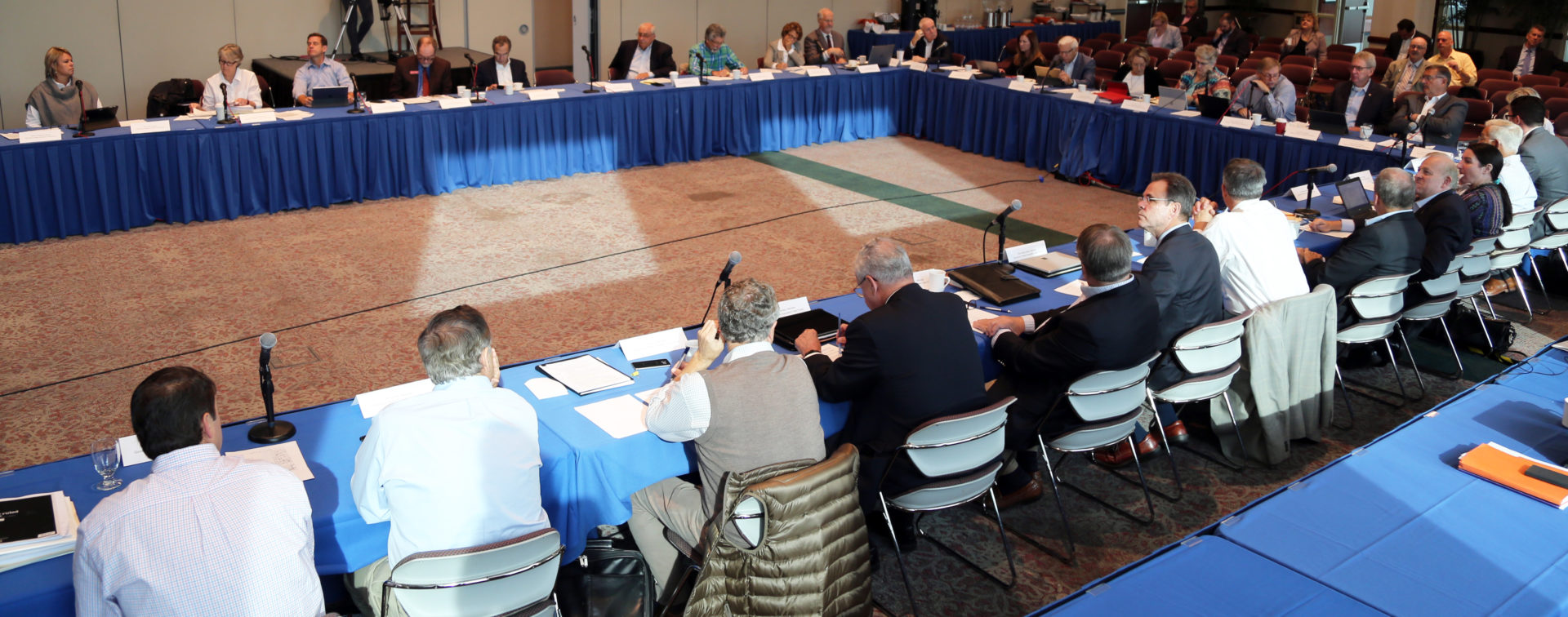If cost were the sole factor, Idahoans would be flocking to college.
But that isn’t happening.

That isn’t a new revelation — but it is a troubling one, as Idaho struggles to convince high school graduates to continue their education. A new national study, released Thursday by the Pell Institute for the Study of Opportunity in Higher Education, confirms a lot of what policymakers already knew about higher education in Idaho.
Here’s how the Pell Institute research pieces together — good and bad.
Higher education is cheap in Idaho … Last year, Idahoans paid $14,457 for in-state tuition, fees and room and board for a year at a four-year college. Only two states offer a better deal: Wyoming and Utah. Still, Idaho’s tuition is rising — and for years, it has increased faster than the rate of inflation.
… but it isn’t cheap across the board. A full year of in-state tuition, fees and room and board at a two-year college came in at $3,227, slightly higher than the national average. Community college is a big component of Idaho’s campaign to get more high school graduates to continue their education. The Nampa-based College of Western Idaho is growing at a meteoric rate, and Idaho Falls’ newly approved College of Eastern Idaho opened its doors last fall.
Low prices, low enrollment rates. In 2015, only 38 percent of Idaho’s young adults were enrolled in a degree-granting postsecondary school. That lands Idaho squarely in the bottom third of the national rankings.
And the enrollment rates are lower for Hispanic students. In Idaho, Hispanic students enrolled in college at a 29 percent rate. The national average: 39 percent.
For students in poverty, the numbers fall even further. Barely a fourth of young men and women from low-income households enrolled in college. That number lands Idaho in the bottom 10 nationally.
And here’s a kicker from the study. Many of the other states in the bottom 10 sit on rich energy resources — think of states from Alaska to Wyoming to Texas. That means a high school graduate there can land a high-paying job in the energy sector. But Idaho has scant energy resources, save for natural gas.
As Idaho continues to try to boost its postsecondary graduation numbers, the state’s education, business and political leaders acknowledge the need to get more at-risk students to stay in school.
Despite the low prices, student debt is commonplace. The average Idaho college graduates left campus more than $27,000 in debt.
That 2016 number actually is lower than the national median.
But consider this: Nearly two-thirds of Idaho graduates incurred some amount of loan debt, a number that ranked No. 7 nationally.
Idaho has launched several multimillion-dollar initiatives designed to make college more affordable — from a boost in scholarship money to a dual credit program that allows high school students to start earning college credits on the state’s nickel.
